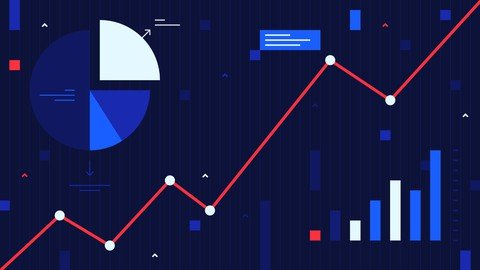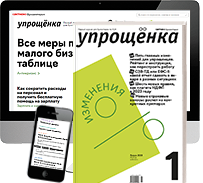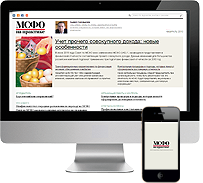
Published 10/2023
MP4 | Video: h264, 1920x1080 | Audio: AAC, 44.1 KHz
Language: English | Size: 2.25 GB | Duration: 1h 51m
Learn how to use Python and Pandas for data analysis and data manipulation. Transform, clean and merge data with Python.
What you'll learn
Learn how to use Python and Pandas for data analysis and data manipulation. Transform, clean and merge data with Python.
Data Visualization with Python
Create, save and serialise data frames in and out of multiple formats.
Detect and intelligently fill missing values.
Merge data sources into a beautiful whole.
Seamlessly work with data from different time zones.
Learn the common pitfalls and traps that ensnare beginners and how to avoid them.
Requirements
Basic knowledge of Python
Description
n the real-world, data is anything but clean, which is why Python libraries like Pandas are so valuable.If data manipulation is setting your data analysis workflow behind then this course is the key to taking your power back.Own your data, don't let your data own you!When data manipulation and preparation accounts for up to 80% of your work as a data scientist, learning data munging techniques that take raw data to a final product for analysis as efficiently as possible is essential for success.Data analysis with Python library Pandas makes it easier for you to achieve better results, increase your productivity, spend more time problem-solving and less time data-wrangling, and communicate your insights more effectively.This course prepares you to do just that!With Pandas DataFrame, prepare to learn advanced data manipulation, preparation, sorting, blending, and data cleaning approaches to turn chaotic bits of data into a final pre-analysis product. This is exactly why Pandas is the most popular Python library in data science and why data scientists at Google, Facebook, JP Morgan, and nearly every other major company that analyzes data use Pandas.If you want to learn how to efficiently utilize Pandas to manipulate, transform, pivot, stack, merge and aggregate your data for preparation of visualization, statistical analysis, or machine learning, then this course is for you.Here's what you can expect when you enrolled with your instructor, Ph.D. Samuel Hinton:Learn common and advanced Pandas data manipulation techniques to take raw data to a final product for analysis as efficiently as possible.Achieve better results by spending more time problem-solving and less time data-wrangling.Learn how to shape and manipulate data to make statistical analysis and machine learning as simple as possible.Utilize the latest version of Python and the industry-standard Pandas library.Performing data analysis with Python's Pandas library can help you do a lot, but it does have its downsides. And this course helps you beat them head-on
Overview
Section 1: Introduction
Lecture 1 Introduction
Lecture 2 Python & Jupyter NoteBook Installation
Lecture 3 Introduction to Data Analysis
Lecture 4 Real Time Business Intelligence Problems
Lecture 5 Introduction to Pandas Library
Section 2: Data Manipulation with Pandas
Lecture 6 Importing Libraries in JupyterNote Book
Lecture 7 How to View Dataset
Lecture 8 How to fetch Columns
Lecture 9 How to Perform Descriptive Analysis
Lecture 10 How to Identify Unique Values
Lecture 11 How to Filter the dataset
Lecture 12 How to filter Specific Numbers of Records
Lecture 13 How to Apply Logical Condition
Lecture 14 How to Replace Null Values
Section 3: Data Visualization with Pandas
Lecture 15 How to Create Count plot
Lecture 16 How to Create Histogram
Lecture 17 How to Create Bar Plot
Lecture 18 How to Create Scatter Plot
Lecture 19 How to Create Box Plot
Lecture 20 Pandas Library chearsheet
Lecture 21 What is Data Cleaning
Section 4: Data Analysis with Power Query
Lecture 22 Live Data Analysis with Power Query ( Ms Excel)
Lecture 23 How to Append Multiple Excel Sheets
Python students that want to learn how to manipulate data professionally. Aspiring data analysts and scientists looking to upgrade their skillset. People who would prefer to spend more time solving interesting problems than formatting data. Old hands at programming that want to see what new methods and industry-leading tools are at their fingertips in the new decade.
Screenshots
У вас нет разрешения на просмотр ссылки, пожалуйста Вход или РегистрацияУ вас нет разрешения на просмотр ссылки, пожалуйста Вход или РегистрацияУ вас нет разрешения на просмотр ссылки, пожалуйста Вход или Регистрация
У вас нет разрешения на просмотр ссылки, пожалуйста Вход или РегистрацияУ вас нет разрешения на просмотр ссылки, пожалуйста Вход или РегистрацияУ вас нет разрешения на просмотр ссылки, пожалуйста Вход или Регистрация









